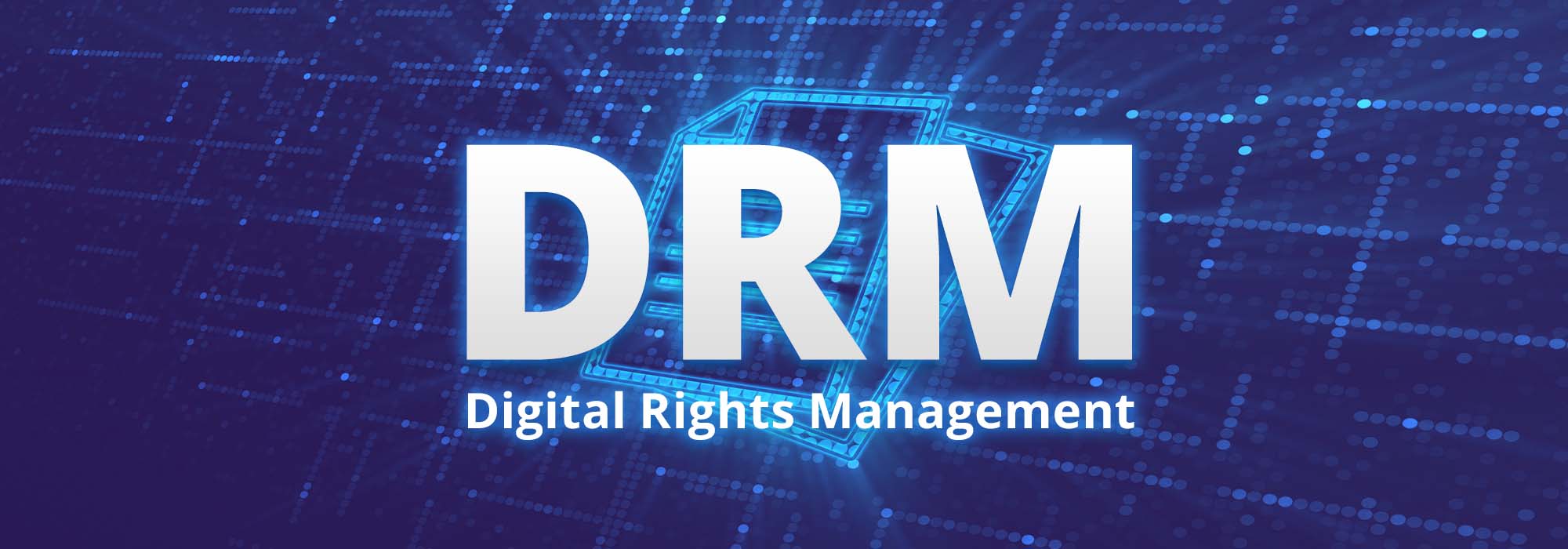The protection of digital content is crucial in the digital age, where it is easy to duplicate and distribute content without permission. Digital Rights Management (DRM) and anti-piracy measures are used to safeguard the intellectual property of content creators, prevent piracy, and ensure that they are properly compensated for their work. However, the implementation of DRM and anti-piracy measures can have a significant impact on business models and revenue streams.
The implementation of DRM and anti-piracy measures can help content creators and distributors safeguard their content from piracy and illegal distribution. These measures provide a level of security that prevents unauthorized access to digital content and ensures that content is only accessible to authorized users. This, in turn, can lead to increased revenue for content creators and distributors as it prevents unauthorized distribution and enables them to charge for access to their content.
On the other hand, the implementation of DRM and anti-piracy measures can also have negative effects on user experience and engagement. For example, some DRM technologies may require users to authenticate their identity each time they want to access content, which can be frustrating and time-consuming. Additionally, some users may be deterred from accessing content that is protected by DRM due to concerns about privacy and the use of their personal information.
Furthermore, the implementation of DRM and anti-piracy measures can have an impact on the availability and distribution of content. Some content creators may choose not to implement DRM and anti-piracy measures in order to maximize the reach of their content and ensure that it is accessible to as many users as possible. However, this approach can also leave content vulnerable to piracy and illegal distribution.
In contrast, other content creators may choose to implement DRM and anti-piracy measures to protect their content, but this may limit the availability and accessibility of their content to certain devices and platforms. This can result in a loss of revenue if users are unable or unwilling to access content due to compatibility issues or restrictions on the devices and platforms they use.
Overall, the implementation of DRM and anti-piracy measures can have both positive and negative impacts on business models and revenue streams. Content creators and distributors must carefully consider the potential impacts of these measures and make informed decisions about the implementation of DRM and anti-piracy technologies that strike the right balance between content protection and accessibility.
Video watermarking and DRM service have both advantages and disadvantages, and their impact on the user experience and engagement depends on the specific context of their usage. If implemented properly, they can protect the intellectual property rights of the content creators, improve the security of the video content, and enhance the user engagement. However, they can also increase the cost of video production and distribution, compromise the quality of the video content, and negatively affect the user experience.
In conclusion, DRM and anti-piracy measures play a vital role in protecting digital content and ensuring that content creators and distributors are properly compensated for their work. However, the implementation of these measures can have significant impacts on business models, revenue streams, and user experience. Therefore, it is important to carefully consider the benefits and drawbacks of DRM and anti-piracy measures when deciding on their implementation and make informed decisions that balance content protection with accessibility.







